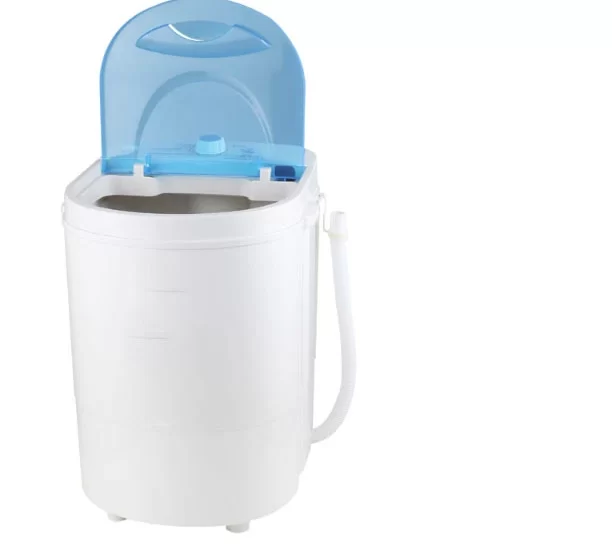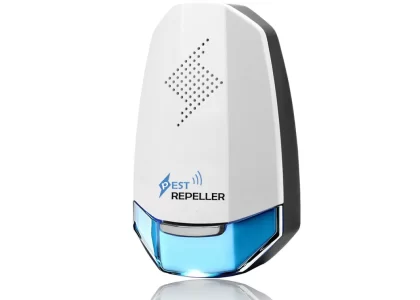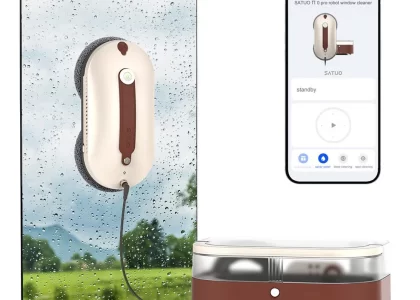 Introduction:
Introduction:
A washing machine not spinning properly can be a frustrating issue that disrupts your laundry routine. When clothes come out dripping wet or the spin cycle doesn’t engage properly, it’s essential to address the problem promptly. In this comprehensive guide, we will provide you with a step-by-step troubleshooting approach to help you identify and resolve common issues causing improper spinning in your washing machine. From checking the load balance to examining the drainage system, we will cover all the essential steps to get your washing machine spinning properly again.
 Some common types of washing machines:
Some common types of washing machines:
There are several types of washing machines available, each designed to cater to different needs and preferences. Here are some common types of washing machines:
Top-Loading Washing Machine:
Top-loading washing machines are the most traditional and commonly used type. They have a vertical drum that is accessed from the top, and the laundry is loaded and unloaded from the top of the machine. These machines typically use an agitator or impeller to wash clothes and are known for their simplicity and affordable pricing.
Front-Loading Washing Machine:
Front-loading washing machines have a horizontal drum that is accessed from the front. Clothes are loaded through a door located on the front panel. Front-loaders typically use a tumbling action to wash clothes and are known for their efficiency, gentleness on clothes, and water-saving capabilities.
High-Efficiency (HE) Washing Machine:
High-efficiency washing machines are designed to use less water and energy compared to traditional models. HE washers are typically front-loading machines, but there are also top-loading HE washers available. These machines provide better cleaning performance and have advanced features such as multiple wash cycles and customizable options.
Compact Washing Machine:
Compact washing machines are smaller in size and are suitable for apartments, RVs, or limited-space areas. These machines usually have a lower capacity but still offer efficient cleaning. Compact washers are available in both top-loading and front-loading models.
All-in-One Washer/Dryer Combo:
All-in-one washer/dryer combos combine both washing and drying functions into a single unit. These machines are suitable for compact spaces where separate washer and dryer units are not feasible. All-in-one units can be either front-loading or top-loading, offering convenience and space-saving capabilities.
Portable Washing Machine:
Portable washing machines are compact and lightweight units that are often manually operated or require minimal installation. These machines are suitable for camping, small loads, or situations where a standard washing machine is not available. Portable washers typically have a small capacity and can be either top-loading or front-loading.
When choosing a washing machine, consider factors such as load capacity, energy and water efficiency, available space, desired features, and budget. Selecting the right type of washing machine can help meet your laundry needs efficiently and effectively.
 Introduction to Washing Machine Not Spinning Properly
Introduction to Washing Machine Not Spinning Properly
When a washing machine fails to spin properly, it can leave clothes heavily soaked and require additional drying time.
A. Importance of Proper Spinning: Proper spinning ensures adequate water removal from clothes, reduces drying time, and improves cleaning efficiency.
B. Potential Causes: Several factors, including an unbalanced load, faulty motor, or a malfunctioning drainage system, can contribute to improper spinning.
Checking the Load Balance
An unbalanced load is a common cause of improper spinning in washing machines.
A. Load Distribution: Properly distribute the laundry evenly in the drum, avoiding overloading or containing heavy items on one side.
B. Rearranging the Load: If an unbalanced load is detected, stop the machine, rearrange the items, and restart the spin cycle.
Verifying Leveling and Stability
Leveling and stability are crucial for proper spinning.
A. Checking Levelness: Ensure the washing machine is level by placing a level tool on top of the machine’s surface.
B. Adjusting Leveling Feet: If the machine is uneven, adjust the leveling feet until the machine is stable and balanced.
Examining the Drainage System
A malfunctioning drainage system can hinder proper spinning.
A. Clearing Drainage Path: Remove any debris or objects that may be blocking the drainage system, preventing the water from draining properly.
B. Checking the Drain Hose: Inspect the drain hose for any kinks, twists, or clogs that might impede water flow.
 Examining the Lid or Door Switch
Examining the Lid or Door Switch
The lid or door switch plays a critical role in allowing the spin cycle to engage.
A. Testing the Switch: Verify that the lid or door switch is functioning correctly by pressing it down or closing the door to ensure a secure connection.
B. Replacing the Switch: If the lid or door switch is faulty, consult the manufacturer’s instructions for safe replacement.
Inspecting the Drive Belt
A worn or damaged drive belt can affect the spinning function of the washing machine.
A. Visual Inspection: Inspect the drive belt for any signs of damage, such as fraying or cracking.
B. Belt Tension Adjustment: If the belt is loose, refer to the manufacturer’s guidelines for adjusting the tension or replacing the belt if necessary.
Checking the Motor or Motor Control Board
A faulty motor or motor control board may be the cause of improper spinning.
A. Motor Noise and Function: Listen for any unusual noises or vibrations originating from the motor while the machine is in operation.
B. Professional Inspection: If motor-related issues are suspected, it is advisable to contact a professional technician for diagnosis and repair.
Maintaining the Washing Machine
Regular maintenance helps prevent issues that can hinder proper spinning.
A. Cleaning the Drum: Periodically clean the drum using a recommended cleaner to remove any residue or build-up that may affect spinning.
B. Routine Check-ups: Conduct routine inspections and cleaning of various components to ensure the washing machine continues to function correctly.
 Conclusion
Conclusion
A washing machine not spinning properly can be resolved by following a systematic troubleshooting approach. By carefully examining the load balance, drainage system, switch, belt, motor, and maintaining the machine regularly, you can identify and resolve the root causes of improper spinning. Embrace the guidance provided in this comprehensive guide to restore the proper spinning function of your washing machine. Remember to follow all safety precautions and consult a professional technician whenever necessary.





